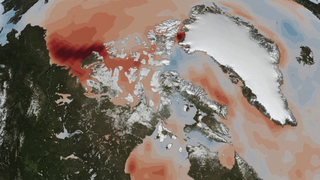Link between Sea-Ice Fraction and Absorbed Solar Radiation over the Arctic Ocean
Since the year 2000, the rate of absorbed solar radiation in the Arctic in June, July and August has increased by five percent, said Norman Loeb, of NASA’s Langley Research Center, Hampton, Virginia. The measurement is made by NASA’s Clouds and the Earth’s Radiant Energy System (CERES) instruments, which fly on multiple satellites.
While a five percent increase may not seem like much, consider that the rate globally has remained essentially flat during that same time. No other region on Earth shows a trend of potential long-term change.
When averaged over the entire Arctic Ocean, the increase in the rate of absorbed solar radiation is about 10 Watts per square meter. This is equivalent to an extra 10-watt light bulb shining continuously over every 10.76 square feet of Arctic Ocean for the entire summer.
As a region, the Arctic is showing more dramatic signs of climate change than any other spot on the planet. These include a warming of air temperatures at a rate two to three times greater than the rest of the planet and the loss of September sea ice extent at a rate of 13 percent per decade.
CERES instruments fly on the Terra, Aqua and Suomi-NPP satellites, and one is scheduled to fly on the next orbiter of the Joint Polar Satellite System, a NASA-NOAA effort. The Terra satellite launched Dec. 18, 1999, and CERES first started collecting Arctic data in 2000 so 2015 will mark 15 continuous years of CERES measurements over the Arctic.
The instruments include three radiometers – one measuring solar radiation reflected by Earth (shortwave), one measuring thermal infrared radiation emitted by Earth (longwave), and one measuring all outgoing radiation, whether emitted or reflected.
For more information on the project, please visit http://ceres.larc.nasa.gov.

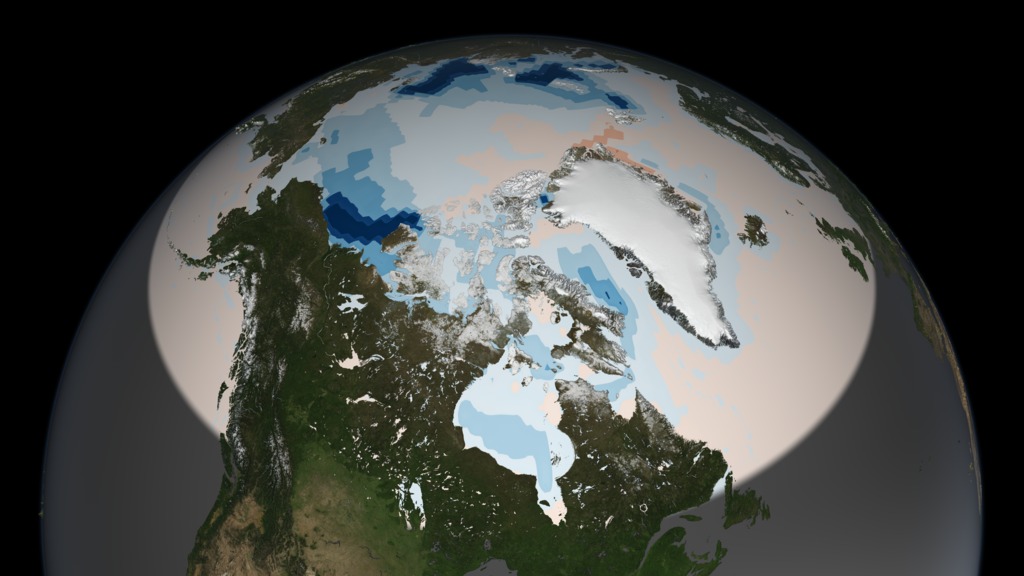
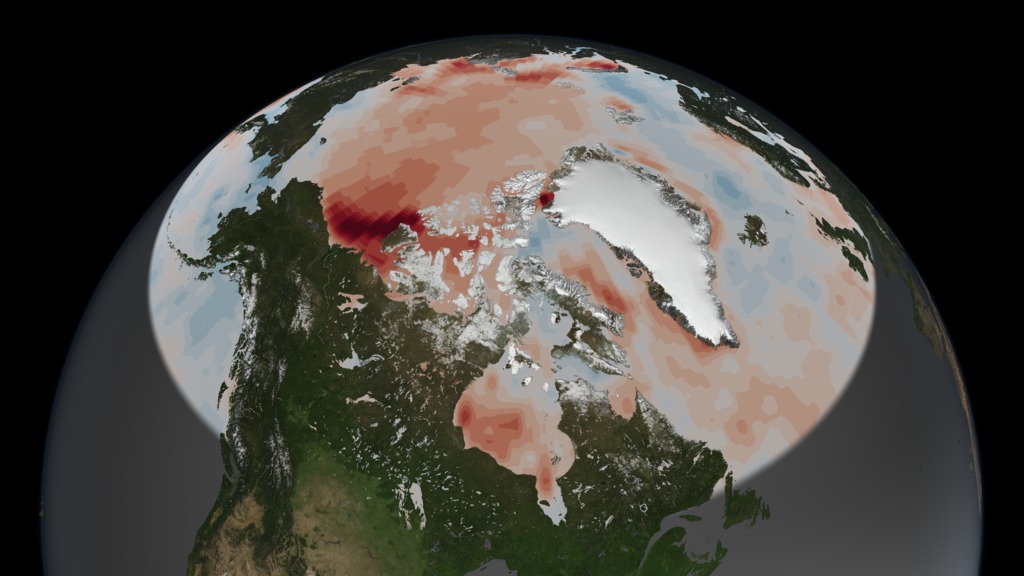



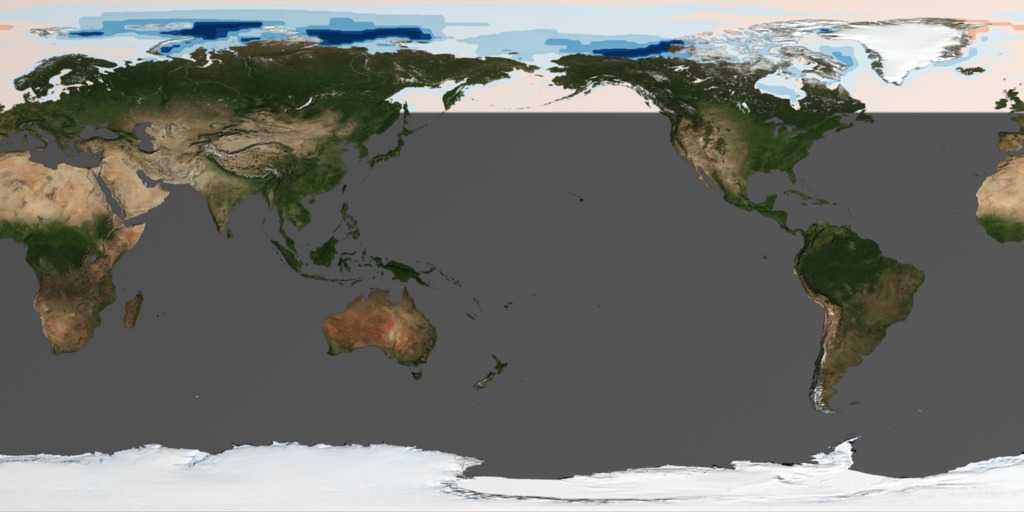
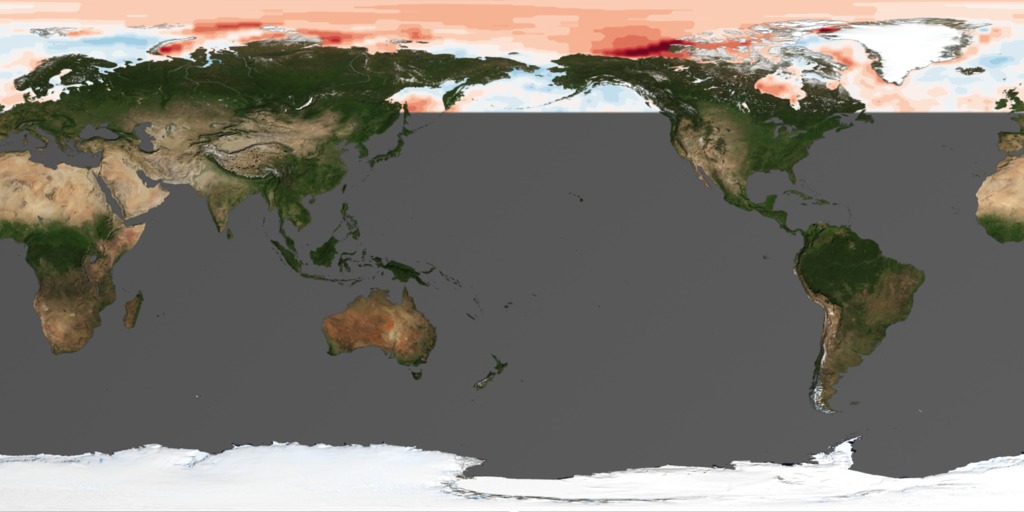
Related
Visualization Credits
Horace Mitchell (NASA/GSFC): Animator
Patrick Lynch (Wyle Information Systems): Producer
Norman Loeb (NASA/LRC): Scientist
Laurence Schuler (ADNET Systems, Inc.): Project Support
Ian Jones (ADNET Systems, Inc.): Project Support
Patrick Lynch (Wyle Information Systems): Writer
NASA's Scientific Visualization Studio
https://svs.gsfc.nasa.gov/4245
Data Used:
Aqua/CERES/Incoming Solar Radiation
Aqua/MODIS/Blue Marble
The Blue Marble data is courtesy of Reto Stockli (NASA/GSFC).
This item is part of this series:
Climate
Keywords:
SVS >> Sea Ice
SVS >> Solar Radiation
SVS >> CERES
SVS >> Arctic Ice Thickness
NASA Science >> Earth
NASA Earth Science Focus Areas >> Climate Variability and Change
